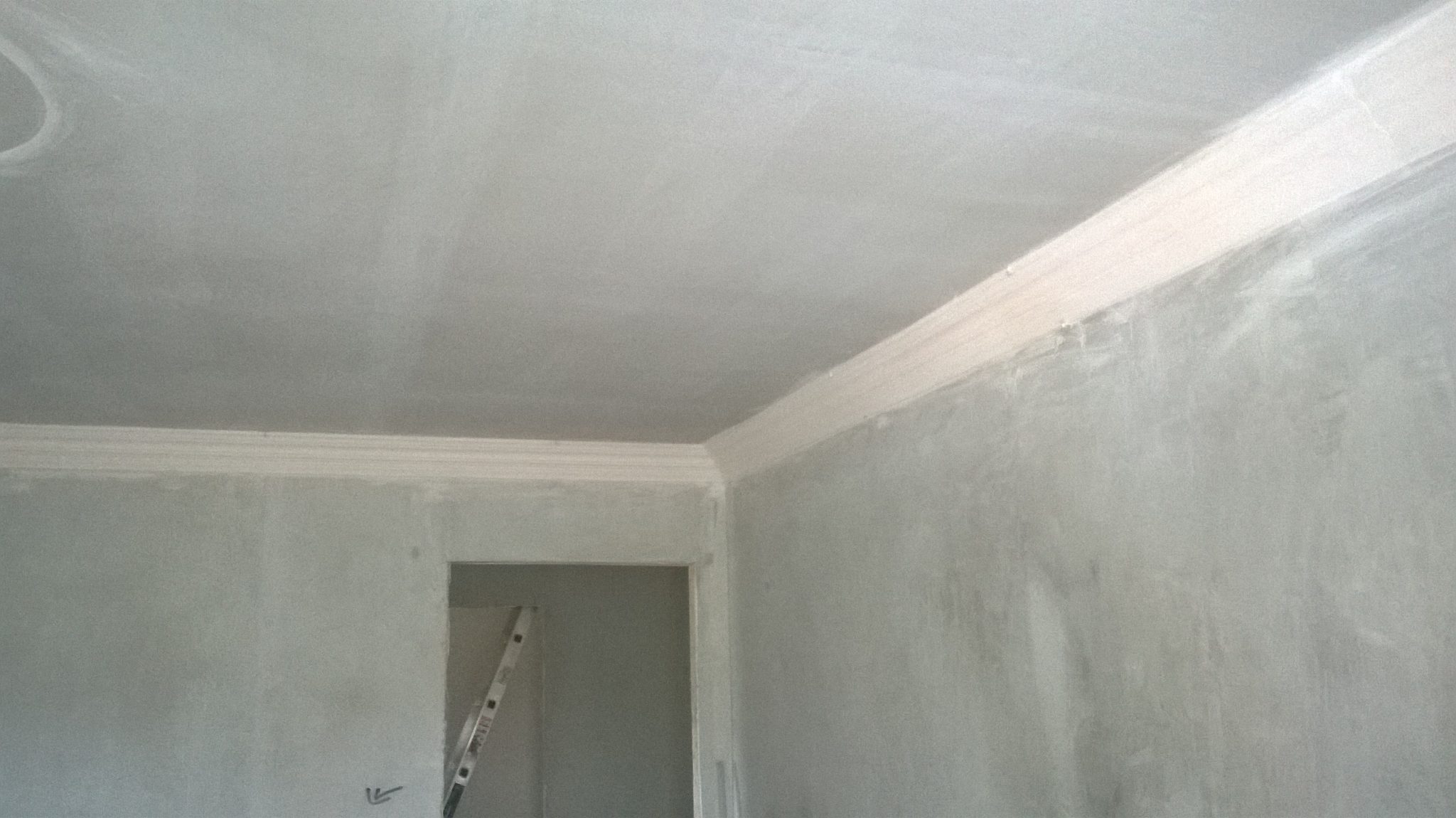The Ultimate Guide to Coving and Cornice: Everything You Need to Know
When it comes to adding a touch of elegance and style to your home, coving and cornices play a significant role. These architectural elements not only enhance the aesthetic appeal of a room but also add character and charm to the overall design. Whether you are renovating an old property or adding a decorative finish to a new build, understanding the intricacies of coving and cornices is essential. In this comprehensive guide, we will delve into everything you need to know about coving and cornices, from their history and styles to installation and maintenance.Understanding Coving and Cornices
What are Coving and Cornices?
Coving and cornices are decorative molding’s that are used to conceal the joint between the wall and ceiling. They come in a variety of profiles and designs, allowing homeowners to choose the perfect style to complement their interior décor. While coving typically features a concave or curved profile, cornices are more elaborate and often project outward with intricate detailing.The History of Coving and Cornices
The use of coving and cornices dates back to ancient civilizations, where these architectural elements were employed to adorn temples, palaces, and grand residences. Over time, different architectural styles and periods have influenced the design and use of coving and cornices, resulting in a diverse range of options available today.Choosing the Right Style
Different Types of Coving and Cornices
From traditional designs to contemporary styles, coving and cornices come in a wide array of options. Homeowners can choose from various materials such as plaster, polyurethane, and wood, each offering its own unique characteristics and benefits. Additionally, the profile and size of the coving or cornice can dramatically impact the visual effect, making it crucial to select a style that harmonizes with the room’s proportions and decor.Matching Coving and Cornices to Interior Design
Selecting the right coving and cornices involves considering the existing interior design elements such as furniture, flooring, and architectural features. Whether aiming for a seamless integration with the existing decor or looking to make a bold statement, choosing the appropriate style and size is essential for achieving the desired aesthetic outcome.Installation and Maintenance
Installing Coving and Cornices
While the installation of coving and cornices may seem daunting, with the right tools and techniques, it can be a rewarding DIY project. Alternatively, seeking professional assistance ensures a flawless finish. Proper installation involves accurate measurements, precise cutting, and secure fixing to achieve a seamless transition between the wall and ceiling.Maintaining Coving and Cornices
Once installed, coving and cornices require minimal maintenance to preserve their appearance. Regular cleaning helps to prevent dust and grime buildup, while periodic inspections ensure that any signs of wear or damage are promptly addressed. With proper care, coving and cornices can retain their beauty for years to come.Conclusion
Coving and cornices are indispensable elements in interior design, offering a timeless way to elevate the visual appeal of any space. By understanding the history, styles, and installation techniques, homeowners can make informed decisions when incorporating coving and cornices into their homes. Whether aiming for a classic, ornate look or a sleek, modern finish, the versatility of coving and cornices makes them a versatile and impactful addition to any interior design scheme. 


I’ve been working with covering and cornice for years, and I can tell you that this article is spot-on. The author knows what they’re talking about.
I’m so excited to try out some of the techniques described in this article. I’ve always wanted to learn how to cover and cornice, and now I feel like I finally have the tools I need.
This article is the ultimate guide to covering and cornice. If you’re looking for a comprehensive guide on this topic, you won’t find a better one than this.
I’m a bit skeptical about the claims made in this article. I’ve never heard of covering and cornice before, and I’m not sure if it’s really as important as the author makes it out to be.
Oh, wow! I can’t believe I never knew that covering and cornice were so important. Thanks to this article, I’m now an expert on the subject.
Very informative article. I’ve been wanting to learn more about covering and cornice, and this article provided me with everything I needed to know.
I’m curious about the history of covering and cornice. I’ve never really thought about it before, but I’m sure it’s a fascinating topic.
Loved the article! So informative and helpful. I’m definitely going to use these tips the next time I need to cover and cornice.
I’m not sure what I expected from an article about covering and cornice, but I definitely didn’t expect to laugh out loud. This article is hilarious!
I’m a bit concerned about the safety of covering and cornice. I’ve heard that it can be dangerous if it’s not installed correctly.
I disagree with the author’s assessment of the importance of covering and cornice. I believe that it is a much more important element of interior design than they make it out to be.
This article has given me a lot to think about. I’m not sure if I agree with everything the author says, but it’s definitely given me a new perspective on covering and cornice.
I’m so glad I found this article. I’ve been struggling to find a good resource on covering and cornice, and this article has been a lifesaver.
This article is nothing but a waste of time. It’s full of useless information and doesn’t even provide any real guidance on how to cover and cornice.